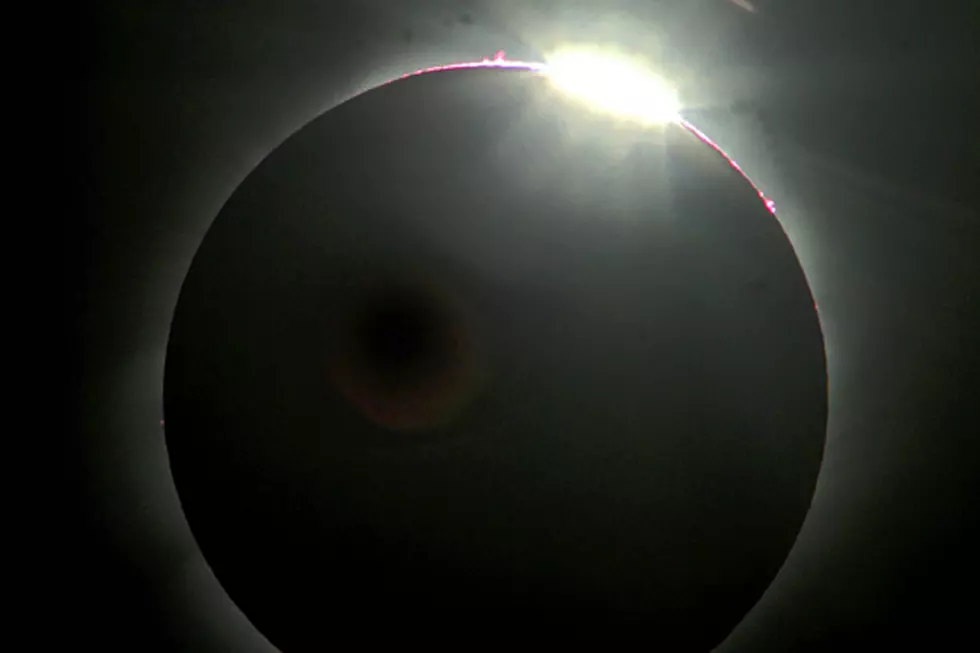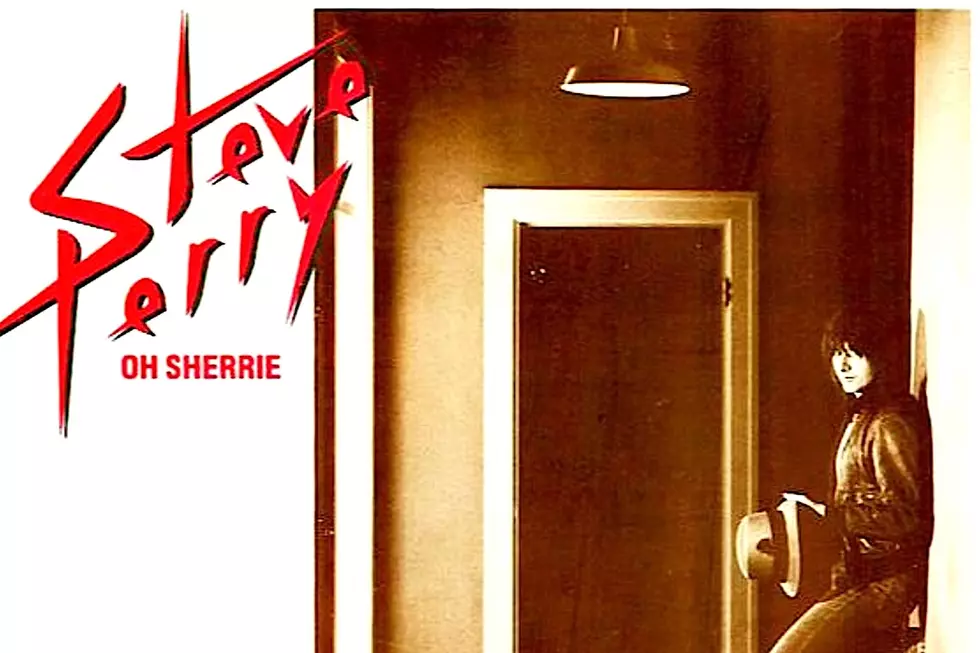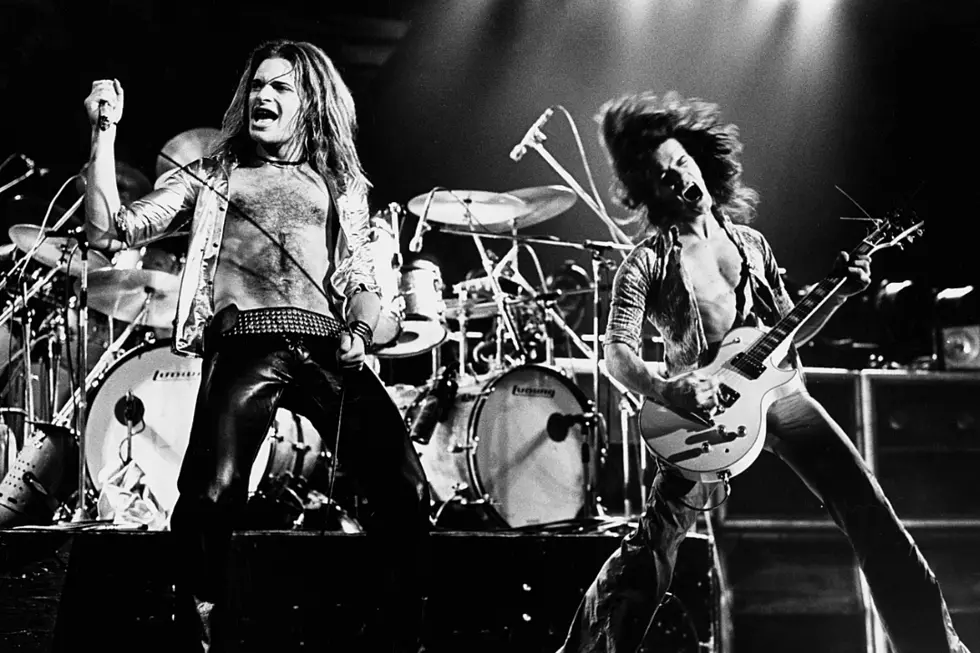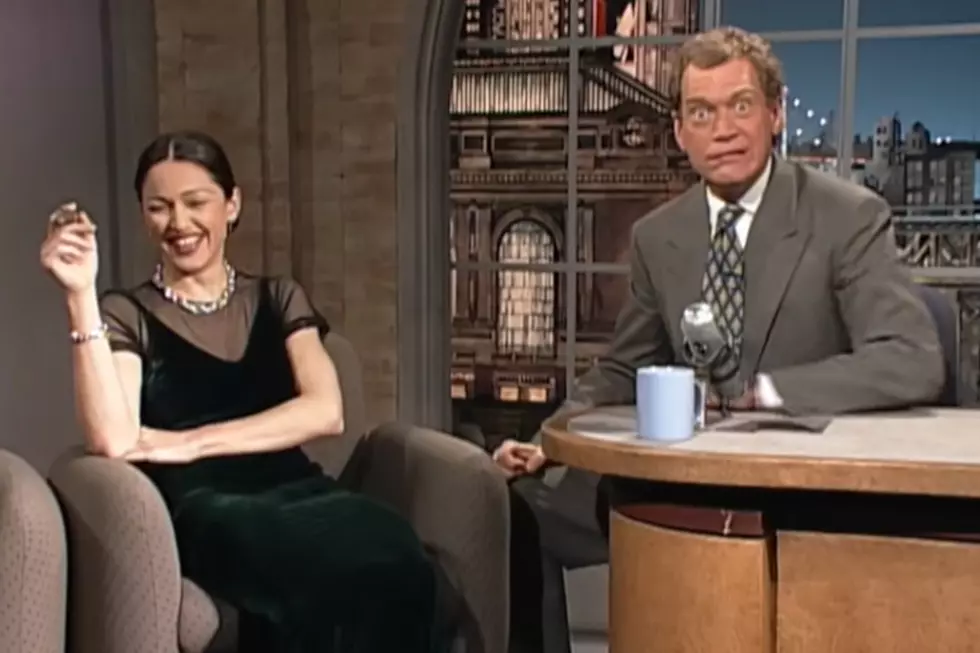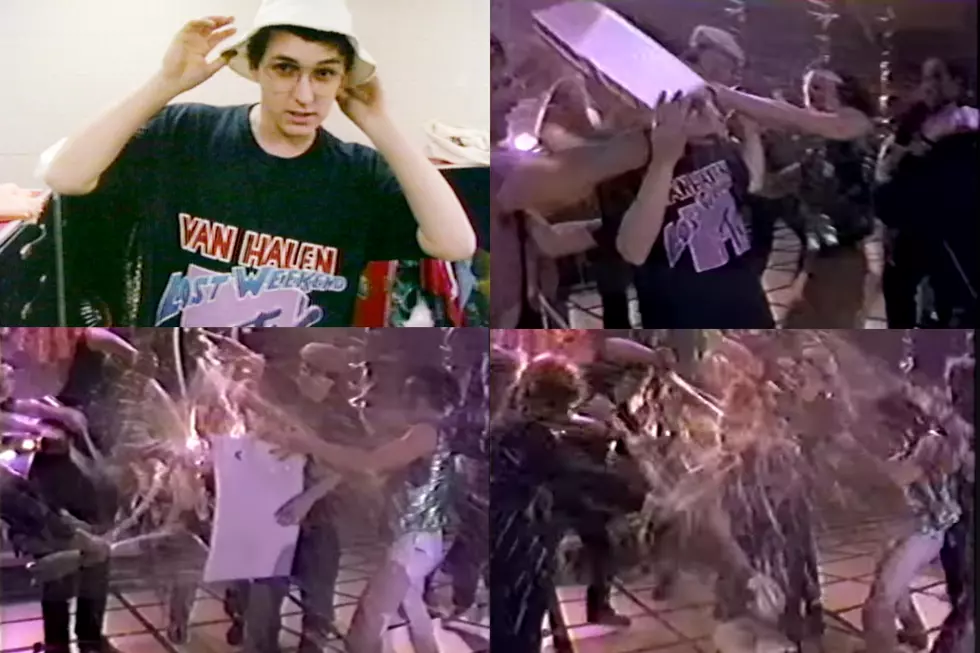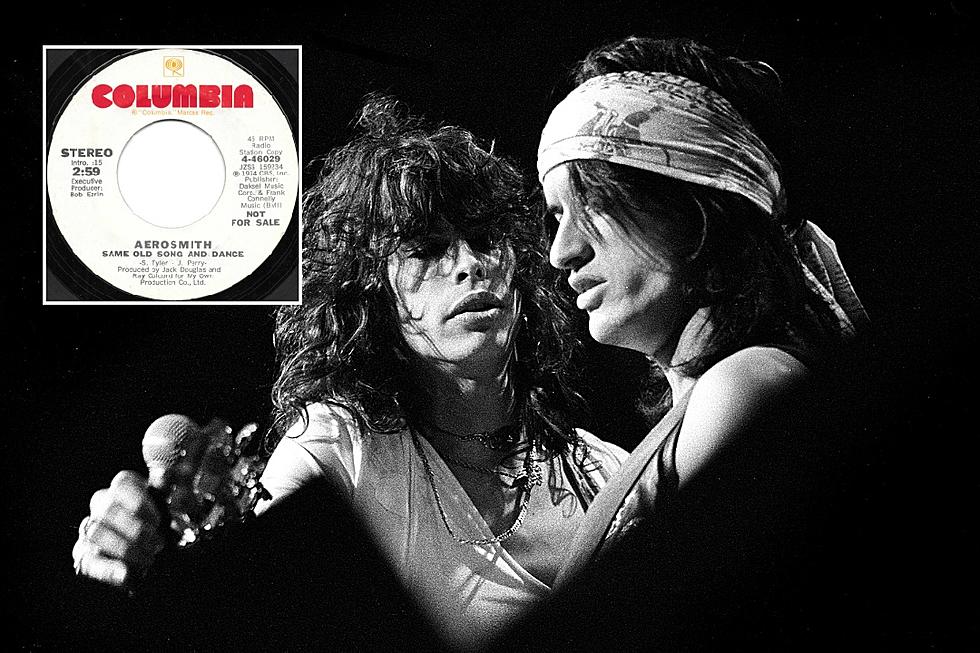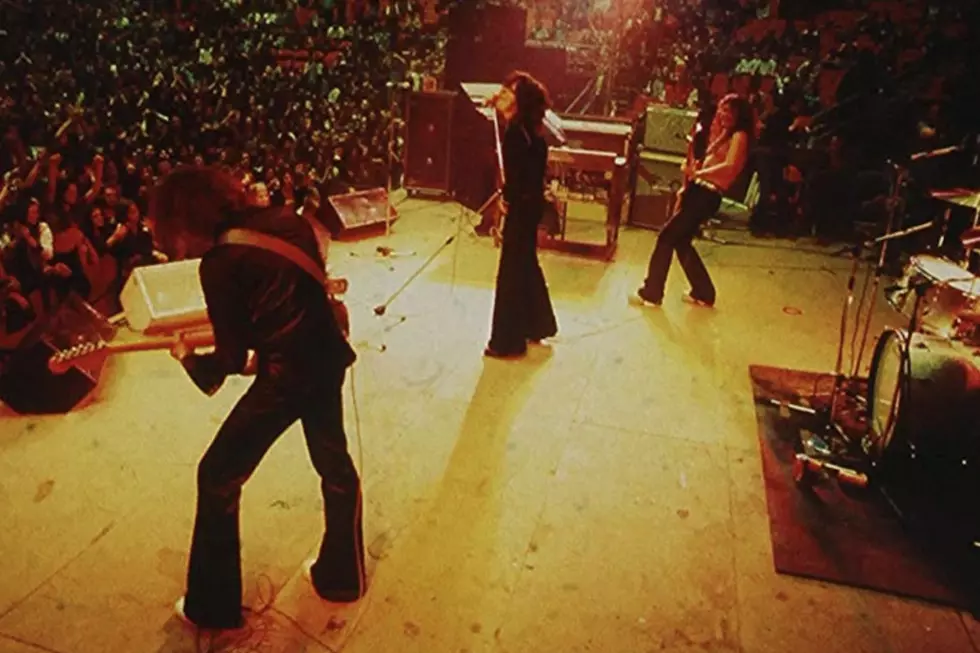
How Ritchie Blackmore Ended His First Tenure With Deep Purple
The balance of power within the world of heavy rock underwent a major shift on April 7, 1975, when guitarist Ritchie Blackmore ended his initial stint as a member of Deep Purple. Not that anyone — except maybe Blackmore himself — was fully aware of any of this on that night.
The members of Deep Purple's Mk. III lineup – Blackmore, singer David Coverdale, organist Jon Lord, bassist Glenn Hughes and drummer Ian Paice – were more preoccupied with maintaining their sanity at the end of yet another grueling album-tour cycle. This time, they were appearing in support of the previous year’s Stormbringer, which was lukewarmly received by fans.
The album had stirred the already-fragile emotions of the group, as new members Hughes and Coverdale began exerting their songwriting personalities, rubbing Blackmore the wrong way with their passion for American funk and soul music. Neither appealed to Deep Purple’s resident songwriter.
Petty musical differences were really just a catalyst behind the deeper wanderlust affecting Blackmore after nearly a decade and nine studio albums with the band. Feeling the need for, as he put it, “some fresh air,” Blackmore took advantage of a few days off during Deep Purple’s U.S. tour that fall to book some studio time in Los Angeles with singer Ronnie James Dio and his band Elf.
At first, Blackmore was planning to just record a solo version of “Black Sheep of the Family” by the British prog band Quatermass – a song which his Purple bandmates had rejected during the Stormbringer sessions — until things began to click. Dio also co-wrote the b-side, “Sixteenth Century Greensleeves,” and Blackmore started to have other ideas.
So, even before Deep Purple resumed their touring activities across Europe in March 1975, Blackmore had already whisked Dio and Elf members Gary Driscoll (drummer), Craig Gruber (bassist) and Mickey Lee Soule (keyboardist) into the Musicland Studios at Hamburg to record the debut album from a new group to be called Rainbow.
Still the rest of Deep Purple failed to grasp the seriousness of their guitarist's plan of escape while their touring machine trudged across continental Europe, mired in drug abuse, ego battles and sheer exhaustion. As the stage lights darkened and the audience dispersed from Paris’ Palais des Sports following Deep Purple’s performance on April 7, the chapter closed on Blackmore’s historic run at the helm of the legendary band. And with it, Rainbow’s birth could be formally announced.
Fortunately, Deep Purple's third-to-last concert with Blackmore had been captured for posterity, and later emerged as Graz '75 to give fans a belated glimpse into the Mk. III's mid-'70s European dates.
Unfortunately, the band faced a brief, troubled afterlife following Blackmore's exit. Deep Purple partnered with guitarist Tommy Bolin for the fan-polarizing Come Taste the Band LP, while Blackmore sped off toward nearly a decade of continued acclaim with Rainbow.
In 1984, he finally agreed to join his old band for the Mk. II lineup’s triumphant reunion on Perfect Strangers. And as always, it was done entirely on Blackmore’s terms.
Meet the New Boss: Rock's Replacement Singers
Jon Lord and Ian Paice Were in One of Rock’s Forgotten Supergroups
More From Ultimate Classic Rock

